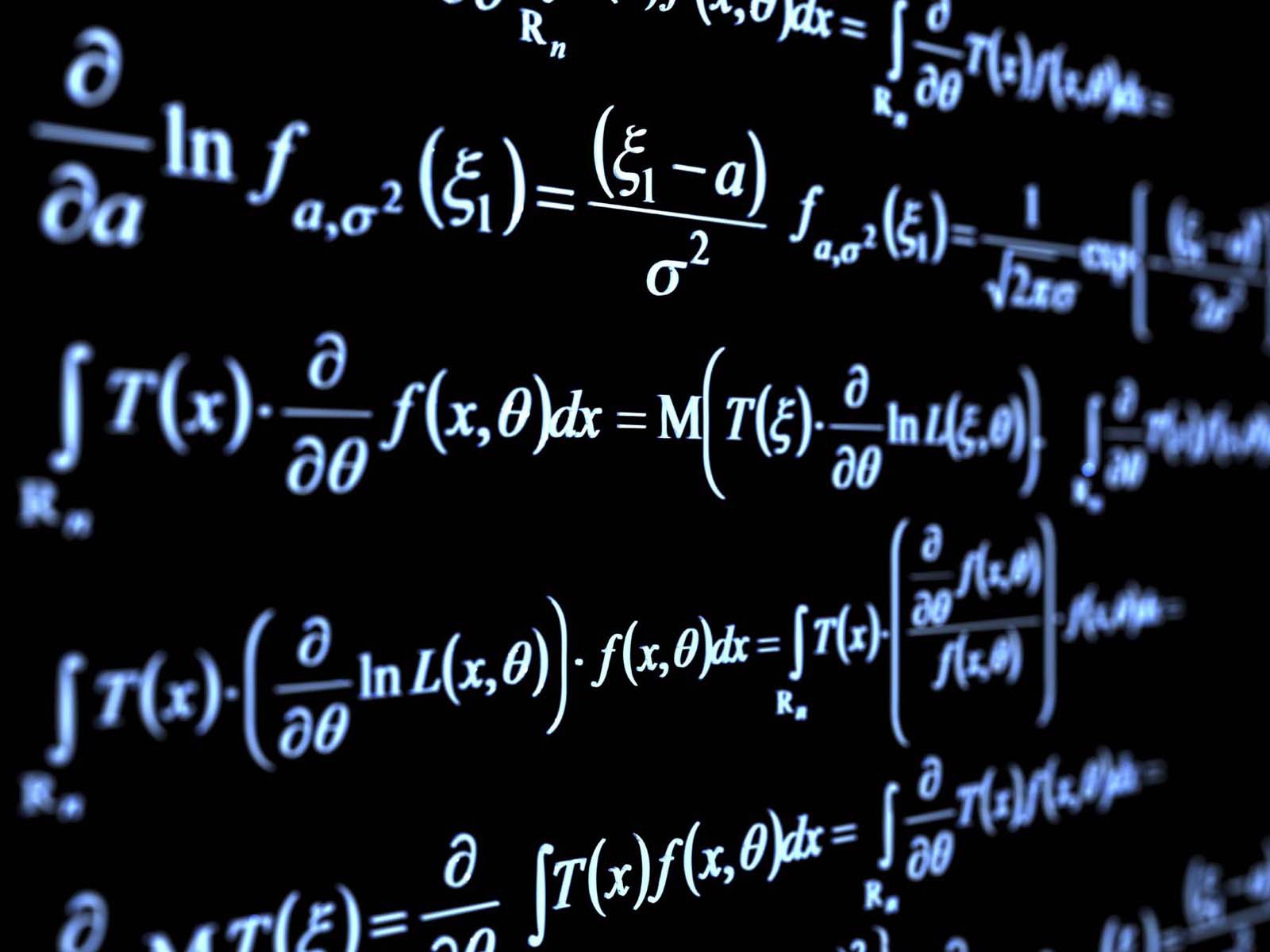Condensed matter physics elucidates the fascinating properties of matter at the microscopic level, representing a diverse interplay between fundamental particles and emergent phenomena. Like a grand symphony, the mathematical frameworks employed in this field orchestrate a harmonious understanding of complex systems, unraveling the underlying principles governing the behavior of matter. This article explores the calculus of various mathematical domains that serve as the backbone of condensed matter physics.
At the heart of condensed matter physics lies linear algebra, the language of quantum mechanics. Vectors and matrices form the foundational building blocks that allow physicists to describe quantum states and observables. The state of a quantum system is represented as a vector in a Hilbert space, where each component corresponds to a specific basis. Linear transformations characterize the evolution of these states, analogous to the transformation of melodies in a symphony, preserving the integrity of the underlying structure while exploring varied harmonies. The eigenvalue problems that emerge in this domain are akin to searching for the right frequency in a chorus, where resonances reflect the energy levels of a system and provide insights into its spectroscopic properties.
As physicists delve deeper, they encounter the rich terrain of calculus, particularly multivariable calculus. This branch is indispensable for dissecting the properties of spatially extended systems, where phenomena such as phase transitions and crystal structures come to life. Functions of several variables allow for a nuanced exploration of landscapes characterized by gradients and curvature, reminiscent of charting topography. The gradient, a vector that points in the direction of the steepest ascent, serves as a valuable tool for understanding the flow of physical quantities, such as energy or temperature, guiding researchers through the intricate patterns of order and disorder that define materials. In conjunction with differential equations, this mathematical apparatus enables the modeling of dynamic systems that evolve over time, akin to a dynamic painting whose colors and shapes shift in response to an artist’s intuition.
Moreover, complex analysis introduces a remarkable dimension to the study of condensed matter systems. The interplay of real and imaginary components reveals insights that transcend the conventional boundaries of real-number analysis. The use of complex functions, particularly in the study of quantum wave functions and Green’s functions, unveils an elegant narrative of particle interactions, akin to the subtle undercurrents in a philosophical discourse. Techniques such as contour integration facilitate the evaluation of integrals in the context of quantum field theories and statistical mechanics, bridging the realms of theory and empirical measurement with deft precision.
Furthermore, the role of group theory cannot be overstated in condensed matter physics. This mathematical discipline provides a framework for the symmetries that govern physical systems, delineating how certain properties are preserved under various transformations. Groups, akin to ensembles of musicians, classify particle states based on corresponding symmetries, allowing the partitioning of complex interactions into manageable subgroups. The classification of crystalline materials via the use of space groups illuminates the structural motifs that dictate electronic properties, thereby establishing a direct line of sight to the behavior of materials under external fields. This elegant mathematical structure encapsulates the essence of conservation laws, defining how different physical quantities remain invariant, much like a conductor ensuring the coherence of a musical performance.
Moving further into the tapestry of mathematics utilized in this domain, topology emerges as a vital branch, shedding light on the geometric properties that remain invariant under continuous transformations. The concept of topological phases of matter—such as topological insulators and superfluids—demonstrates how subtle mathematical constructs can give rise to novel physical phenomena. These unique states defy conventional classification, revealing rich phenomena that cannot be understood solely through classical mechanics. Just as a sculptor views their medium, a physicist must appreciate the intricate topological features that define the properties of quantum states, discovering, through this lens, new dimensions of material behavior that epitomize creativity and ingenuity.
As we navigate through the elegant menagerie of mathematics, statistical mechanics emerges as a compelling tapestry woven from probability theory. This branch seeks to bridge the microscopic world of many-body interactions with macroscopic observable properties, much like a translator mediates between diverse tongues. Concepts such as partition functions and ensemble averages provide the mathematical scaffolding for deriving thermodynamic behaviors from fundamental interactions. The statistical approach echoes the principles of democracy, where individual contributions coalesce into collective phenomena, reflecting a profound relationship between the collective behavior of systems and the microscopic rules governing individual constituents.
Finally, the modern-day physics landscape continually intertwines with the computational domains, leveraging numerical methods to solve complex equations that resist analytical solutions. Techniques such as Monte Carlo simulations and density functional theory have become pivotal in addressing many-body problems that arise in condensed matter physics. This computational revolution broadens the horizons of condensed matter investigations, facilitating explorations that push the boundaries of knowledge, akin to the innovative spirit found in the pursuit of artistic expression.
In conclusion, the mathematics of condensed matter physics forms a vast and intricate web, intertwining diverse fields ranging from algebra and calculus to topology and statistics. Each mathematical tool serves as a brushstroke in an elaborate canvas that seeks to depict the nuanced, dynamic behavior of matter. By immersing ourselves in this mathematical landscape, we not only unveil the principles governing condensed matter systems but also celebrate the unending creativity and profundity of physics as a discipline—a quest where the interplay of mathematics and physical reality continues to yield awe-inspiring revelations.












